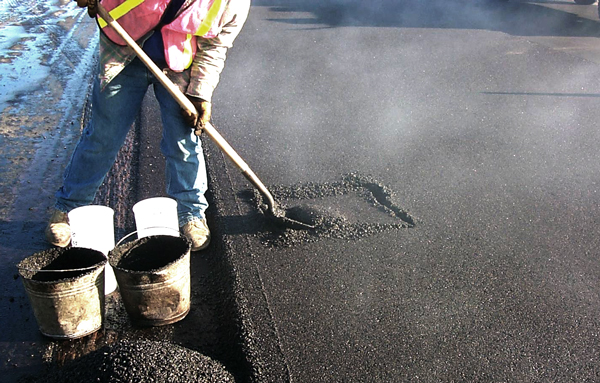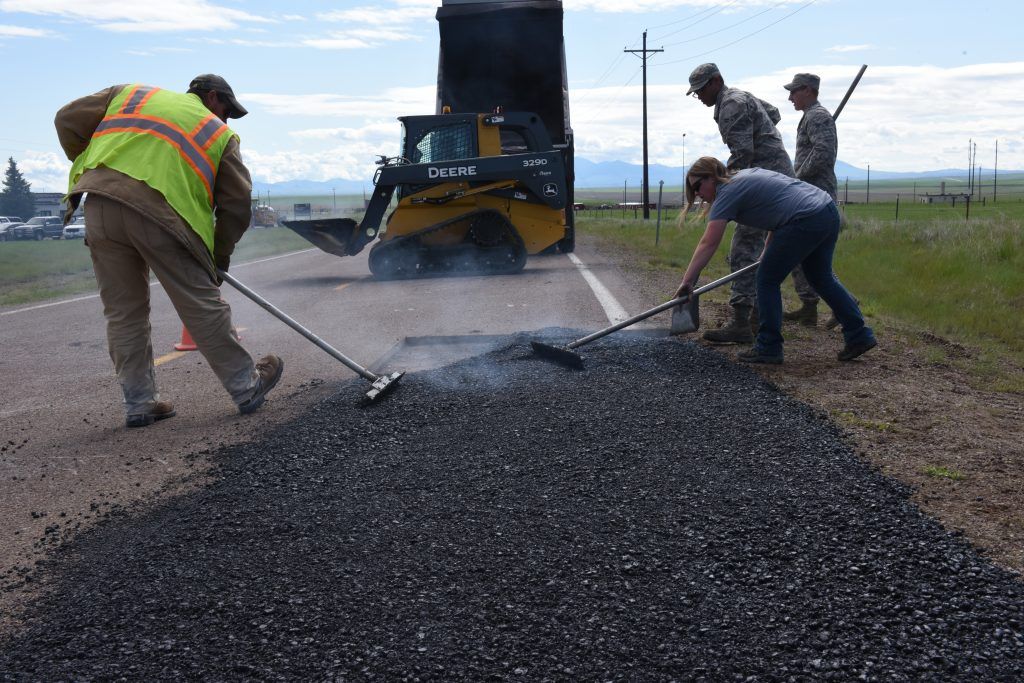Warm Mix Asphalt: Redefining Road Building Specifications
Warm Mix Asphalt (HMA) is significantly modifying the landscape of road building and construction practices, establishing new efficiency benchmarks and improving sector criteria. The ramifications of HMA in redefining road building criteria are extensive, presenting a compelling case for a more detailed examination of its transformative abilities in modern-day design techniques.
Benefits of Warm Mix Asphalt
Hot Mix Asphalt (HMA) provides many benefits that make it the preferred choice for paving roads. One of the key benefits of HMA is its ability to endure heavy website traffic lots and rough climate conditions, guaranteeing lasting performance.
Furthermore, the smooth surface coating of HMA lowers rolling resistance, enhancing fuel efficiency for vehicles and decreasing overall transportation expenses. The quick building time associated with HMA projects further boosts its cost-effectiveness by decreasing labor and website traffic disturbance costs - Hot Mix Asphalt. The recyclability of HMA materials makes it an environmentally lasting choice for road building tasks.
Long Life and Toughness of HMA
With a tried and tested track record of holding up against hefty web traffic loads and severe weather, Hot Mix Asphalt (HMA) attracts attention for its extraordinary longevity and durability in road building projects. HMA's ability to endure the stress and anxieties enforced by high volumes of automobiles, including hefty trucks, makes it a leading option for freeways, interstates, and various other greatly trafficked roads. The resilience of HMA is further enhanced by its resistance to rutting and breaking, common problems that can substantially reduce the life expectancy of roadways. By offering a smooth and stable riding surface area for motorists, HMA lowers damage on cars and enhances total roadway safety.

Ecological Benefits of HMA
Increasingly, roadway building and construction projects are turning to Hot Mix Asphalt (HMA) for its significant ecological advantages. HMA is a lasting paving material that supplies numerous advantages in terms of environmental effect.
Furthermore, HMA sidewalks are understood for their ability to reduce stormwater runoff. The smooth surface area of HMA roads allows rain to move effectively into the ground, reducing erosion and lessening the risk of flooding. This can have a positive effect on the bordering environments by maintaining all-natural commercial parking lot paving water flow patterns and maintaining the high quality of water bodies.
HMA in Road Building Projects

Roadway building and construction jobs benefit from HMA's quick construction time, allowing for faster completion of roads and decreasing traffic disruptions. In general, incorporating HMA right into roadway building and construction tasks leads to durable, economical, and green roadways that meet the demands of modern transport systems.
Impact of HMA on Facilities
The substantial usage of Hot Mix Asphalt (HMA) in road construction tasks dramatically influences the total facilities top quality and longevity. Hot Mix Asphalt. HMA supplies a durable and smooth driving surface that improves road security by decreasing mishaps and minimizing car wear and tear.
HMA is a recyclable material, which implies that old asphalt can be reused in new roadway building and construction, lowering the demand for virgin products and reducing waste. In verdict, the influence of HMA on facilities is profound, promoting more secure roads, cost-effectiveness, and environmental obligation in roadway building and construction projects.
Final Thought
In conclusion, Hot Mix Asphalt (HMA) has proven to be a game-changer in roadway building and construction criteria because of its unrivaled efficiency, toughness, and cost-effectiveness. With its capability to endure rush hour loads and severe weather, HMA provides a dependable and long-lasting service for infrastructure jobs. Its smooth riding surface, resistance to breaking, and ease of upkeep make it a leading option for enhancing roadway safety and security and reducing environmental impact. HMA establishes a brand-new standard for lasting and high-grade infrastructure growth.
With a tested track document of standing up to heavy traffic tons and harsh weather condition problems, Hot Mix Asphalt (HMA) stands out for its extraordinary longevity and toughness in road building tasks.Using Hot Mix Asphalt (HMA) in roadway building and construction projects provides numerous benefits in terms of resilience and sustainability.Road building and construction tasks profit from HMA's fast building and construction time, allowing for faster completion of roadways and reducing traffic disruptions.The comprehensive usage of Warm Mix Asphalt (HMA) in roadway construction jobs dramatically influences the general infrastructure quality and durability. In final thought, the effect of HMA on infrastructure is profound, promoting much safer roadways, cost-effectiveness, and ecological obligation in road building jobs.